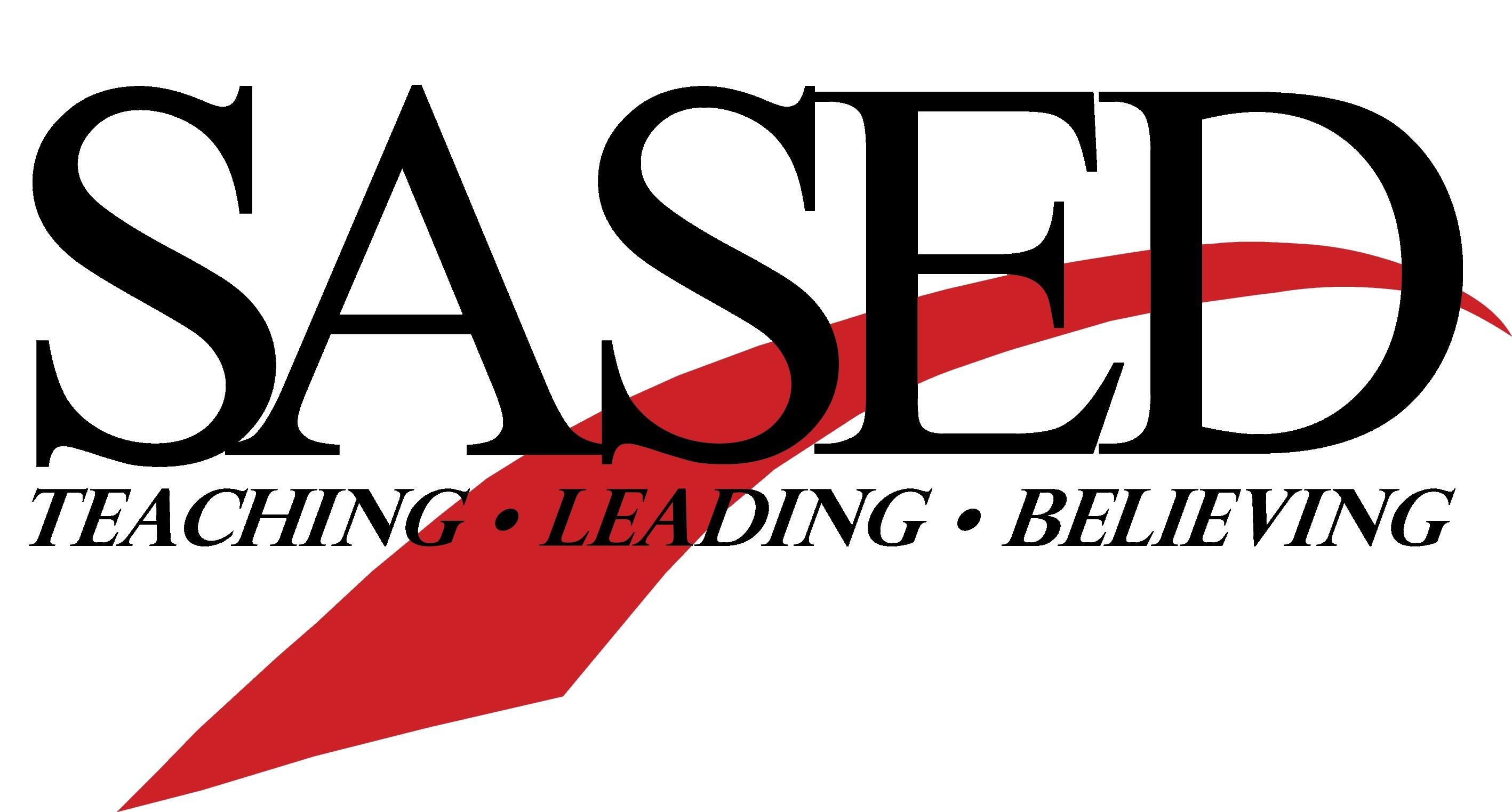STRUCTURED LEARNING ENVIRONMENT (SLE)

The Structured Learning Environment (SLE) program provides educational services for students with significant and complex support needs who require a smaller, structured classroom environment. The SLE program classrooms are integrated into our member district’s general education school buildings to foster and support age-appropriate, peer-oriented social connections.
Students in the SLE program are taught and supported within a transdisciplinary service model. The teacher, speech-language pathologist, occupational and physical therapists, intervention specialists (social workers and school psychologists), BCBA, and teaching assistants all work in tandem to maximize each student’s learning across all areas of development. The team plans and implements services to support the student’s daily educational program and achievement of individualized goals.
The SLE program implements evidence-based instructional and behavioral practices through one-to-one and small-group instruction in a highly structured learning environment. Classrooms are designed to provide predictable and meaningful routines through structured schedules and clear routines, adding activities to increase engagement and independence and organizing classroom spaces to reduce anxiety and increase appropriate behavior.
Differentiated Supports:
Central to the SLE Program's philosophy is differentiated support based on the intensity of need. Our program recognizes that students may require varying levels of support in communication, social development, and academic and functional learning. Therefore, we offer a continuum of services tailored to meet each student's unique needs. Whether through small-group instruction, individualized coaching, or assistive technology, we strive to provide students with the tools and resources they need to succeed.
Transdisciplinary Service Model:
The SLE Program adopts a transdisciplinary service model, where professionals from diverse disciplines collaborate closely to support students' holistic development. Our team consists of teachers, speech-language pathologists, occupational and physical therapists, intervention specialists (social workers and school psychologists), and teaching assistants, all working in tandem to maximize each student's learning across all areas of development. Through regular communication, joint planning, and shared decision-making, our team ensures that students receive comprehensive and coordinated services to support their daily educational program and achieve individualized goals.
Structured Teaching Model:
The SLE Program utilizes a structured teaching model based on the TEACCH model from the University of North Carolina at Chapel Hill (UNC). This approach emphasizes using visual supports, structured routines, and clear expectations to promote organization, independence, and engagement among students with autism and related disorders. A consistent and predictable learning environment empowers students to succeed academically and function effectively in various settings.
Individualized Outcome-Based Programming:
The design of the SLE program is centered around individualized outcome-based programming built on a core curriculum for skill acquisition instruction. This individualized approach ensures that each student's educational program is tailored to their strengths, needs, and goals. By focusing on outcomes and progress monitoring, the SLE program can effectively track student growth and adjust interventions to support continued success.
Integration with Same-Age Peers:
Students within the SLE program are provided opportunities to learn and socialize with their same-age peers through academic or non-academic classes or peer programs facilitated by the program or school. This integration promotes social inclusion, peer modeling, and opportunities for reciprocal relationships. By fostering interactions with same-age peers, the SLE program promotes the development of social skills and facilitates the generalization of academic and social skills into naturalistic settings.
Community-Based Instruction:
The SLE program incorporates a community-based instructional component that facilitates generalizing academic and social skills into natural community environments. Students can apply their skills in real-world settings through community outings, field trips, and vocational experiences. This hands-on approach reinforces academic concepts and promotes independence, self-regulation, and functional skills essential for post-secondary success.

Winfield Primary School
0S150 Winfield Rd.
Winfield, IL 60190
Phone: (630) 909-4960
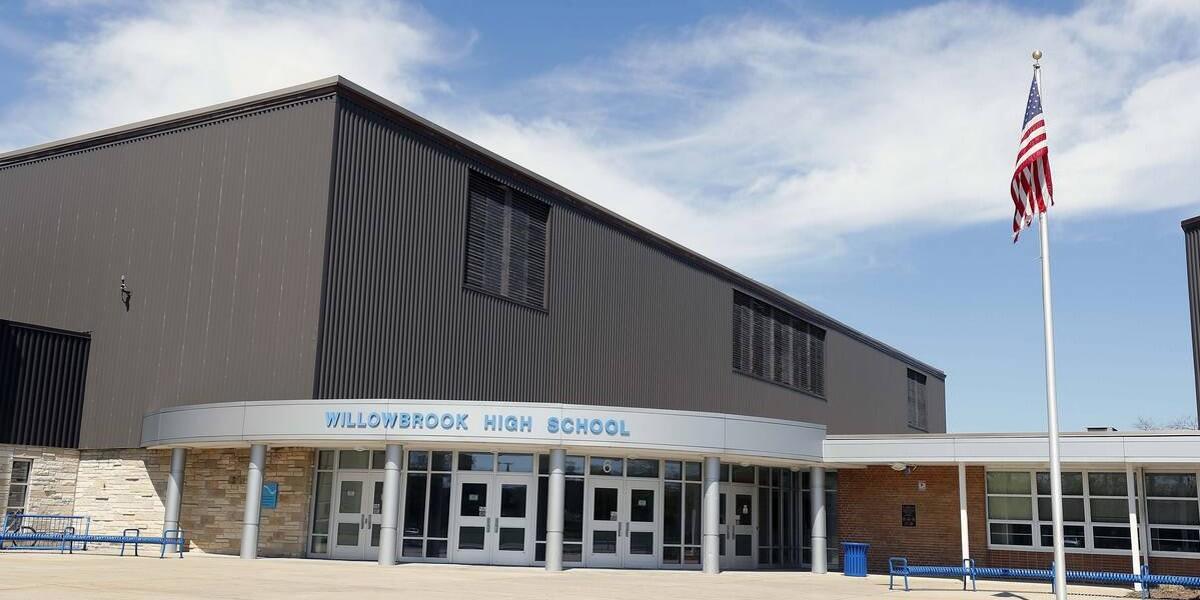
Willowbrook High School
1250 S Ardmore Avenue
Villa Park, IL 60181
Phone: (630) 530-3400

Willowbrook High School
1250 S Ardmore Avenue
Villa Park, IL 60181
Phone: (630) 530-3400
.jpg?mask=1)
Winfield Central School
0S150 Park Street
Winfield, IL 60190
Phone (630) 909-4900

Maercker Intermediate School
5827 South Cass Ave
Westmont, IL 60559
Phone: (630) 515-4820
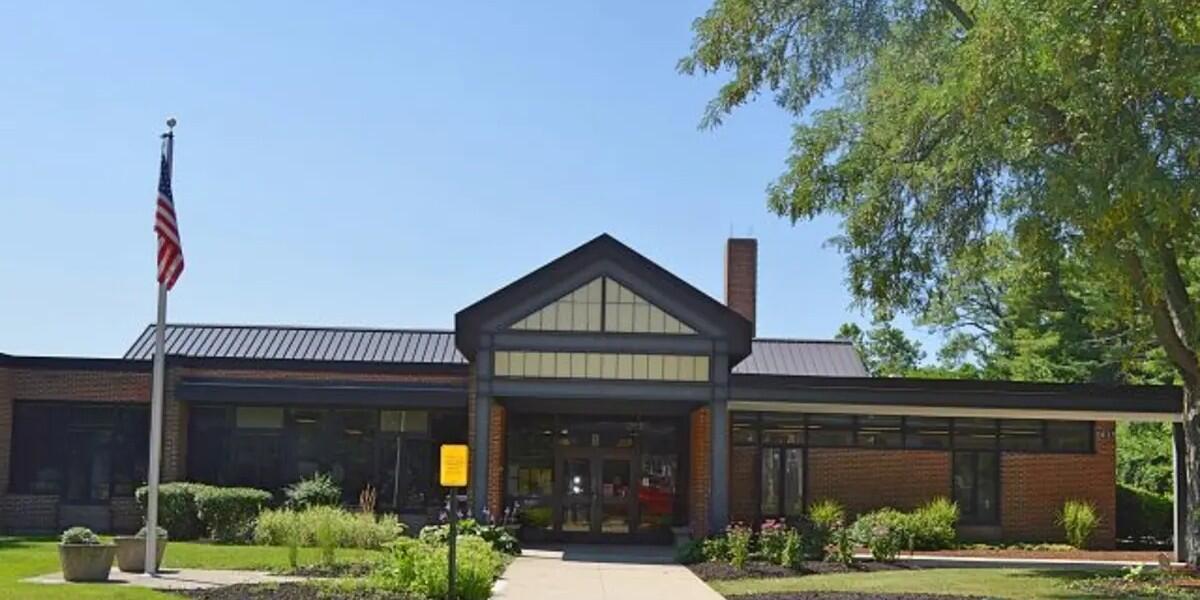
Hillcrest Elementary School
1435 Jefferson Avenue
Downers Grove, IL 60516
Phone: (630) 719-5840
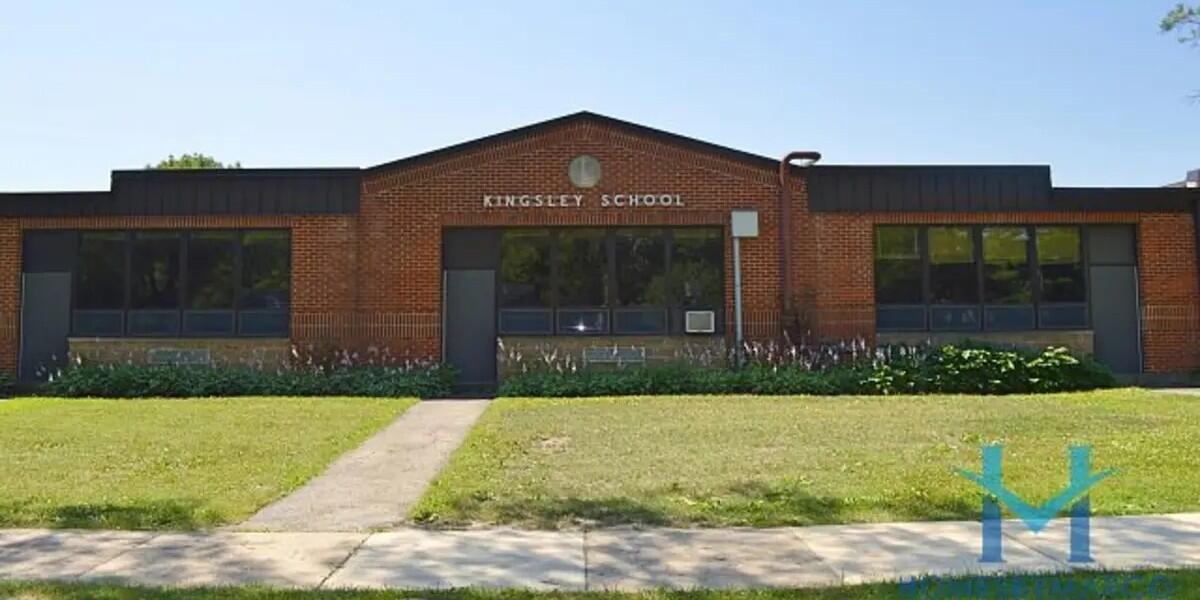
Kingsley Elementary School
6509 Powell Street
Downers Grove, IL 60516
Phone: (630) 719-5850
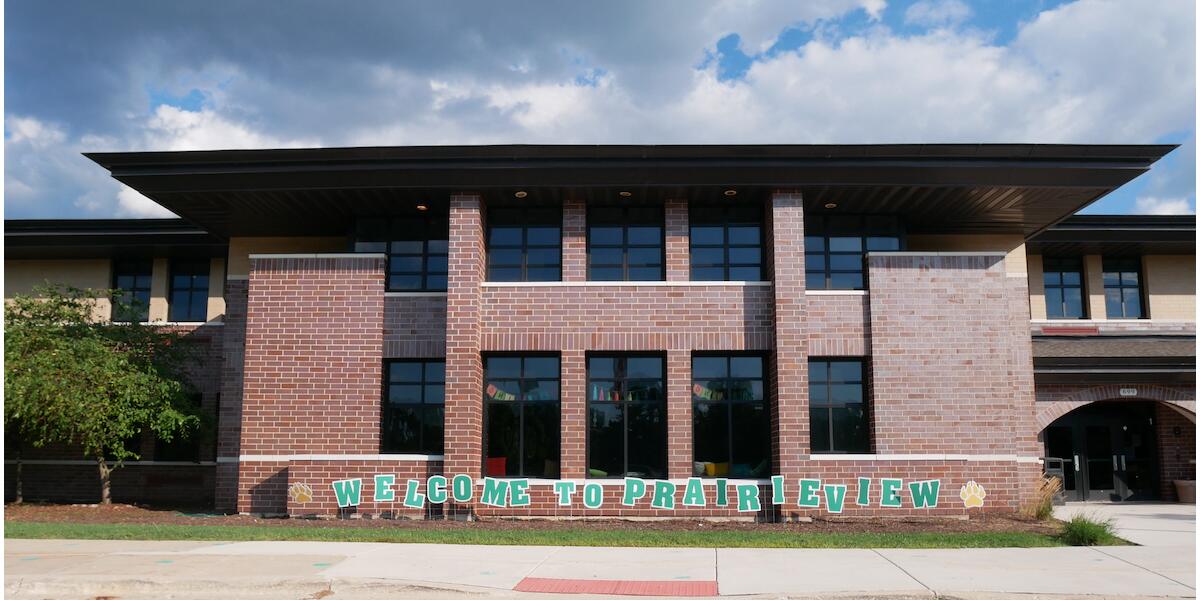
Prairieview Elementary School
699 Plainfield Road
Downers Grove, IL 60516
Phone: (630) 783-5100

Cass Junior High School
8502 Bailey Rd.
Darien, IL 60561
Phone: (331) 481-4000
.jpg)
Holmes Primary School
5800 S. Holmes Avenue
Clarendon Hills, IL 60514
Phone: (630) 515-4810
.jpg)
Waterbury Elementary School
355 S Rodenburg Road
Roselle, IL 60172
Phone: (630) 893-8180
Eligibility
Students are determined to be eligible for the SASED program through the IEP process in their home districts. SASED programs are just one option in the continuum of supports, services and placements available to meet a student’s needs.
Looking for another staff member?

